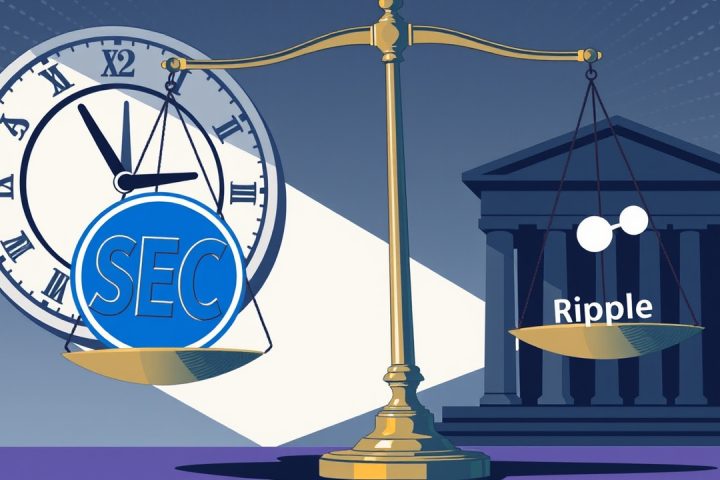Michael Saylor’s Message on Bitcoin’s Finite Supply
Michael Saylor, the co-founder of MicroStrategy and a prominent advocate for Bitcoin, recently used his X account to share a crucial message with crypto enthusiasts about Bitcoin’s finite supply. In a departure from his usual posts, which often feature AI-generated images paired with Bitcoin-centric captions, Saylor’s latest communication focused specifically on the capped limit of Bitcoin’s availability.
Bitcoin’s Unique Characteristics
Saylor highlighted that Bitcoin is restricted to just 21 million coins—an essential characteristic that sets it apart from fiat currencies like the U.S. dollar, which are prone to inflation due to unlimited printing. Notably, the term “infinity” has become synonymous with policies of the Federal Reserve and the U.S. Treasury, particularly since their unprecedented monetary expansions initiated during the COVID-19 pandemic in 2020, aimed at stabilizing the economy, banks, and corporations.
Advantages of Bitcoin’s Supply Limit
Proponents of Bitcoin often cite the currency’s strict supply limit as one of its most significant advantages over traditional currencies, which do not have such constraints. As of now, approximately 19,908,015 Bitcoins have already been mined, leaving only 1,091,185 BTC left to be extracted from the total pool.
The Halving Process
Bitcoin’s creation involves a process called ‘halving’, occurring every four years, which reduces the reward for mining new blocks by half, effectively slowing the rate at which new coins enter circulation. This mechanism means that the last fraction of Bitcoin is projected to be mined in the year 2104, according to Bitcoin historian and journalist Pete Rizzo, marking a significant long-term view on the future of cryptocurrency.
Conclusion
Saylor’s reminder about Bitcoin’s limited supply serves not only as a reflection on the fundamental aspects of digital currency but also as a critique of fiat systems that enable continuous currency creation, raising important discussions regarding inflation, economic stability, and the future of money in a digital age.




